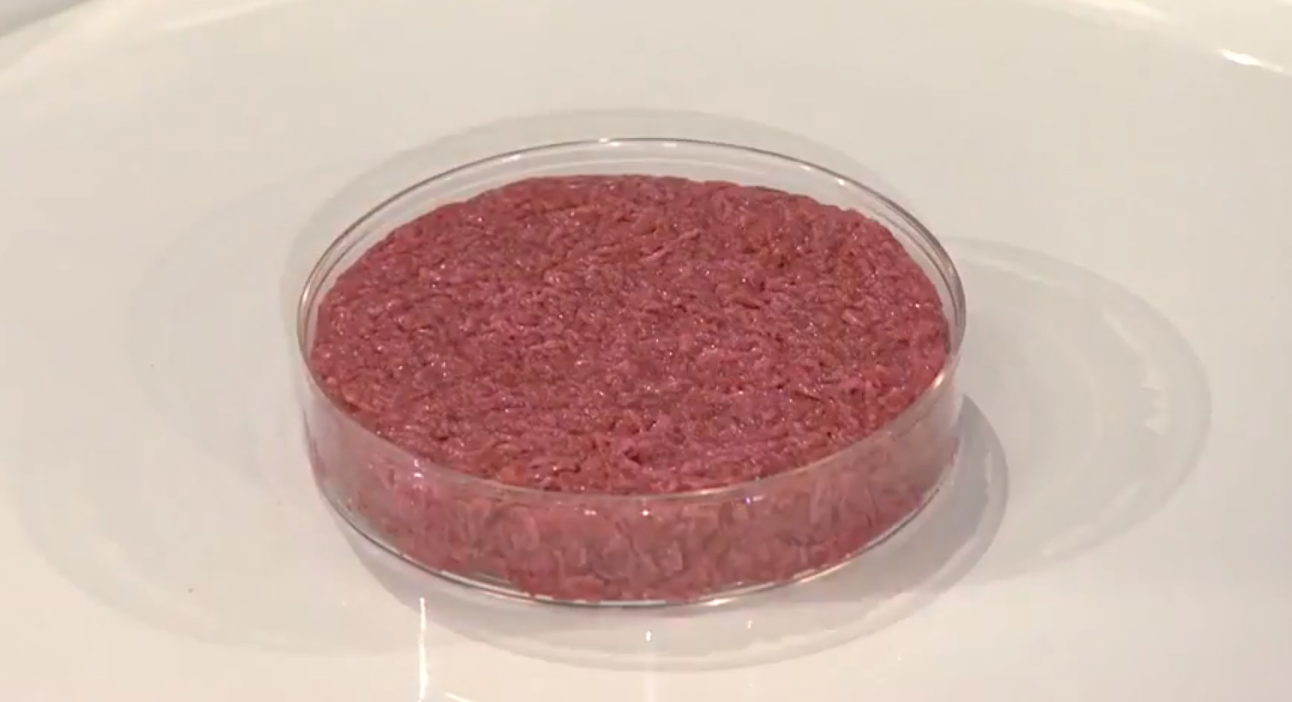Lab-grown meat is also known as cultured meat, clean meat, in vitro meat, cell-culture products, cultured meat, cultured tissue, and artificial meat produced or cultivated in a laboratory. It’s grown directly from animal cells in a laboratory rather than raising and slaughtering livestock. A few sample cells are harvested from living animals grown in the lab to form full cuts of meat. No animals are slaughtered in the process, and the meat produced is free from antibiotics; thus, it is also known as clean meat.

According to the latest publication on the Lab-grown Meat Market by Meticulous Research®, the lab-grown meat market is projected to reach $1.99 billion by 2035, at a CAGR of 21.4% from 2025 to 2035.
The lab-grown meat market is mainly driven by the technological advancements in the production of lab-grown meat, increasing venture investments in the lab-grown meat industry, the growing focus on animal welfare, the increasing demand for animal-based processed food products, and the increasing demand for allergen-free foods. However, the high demand for plant-based proteins, the lack of a standardized regulatory framework for lab-grown meat, psychological barriers to consuming lab-grown meat as food, and the growing vegan population are expected to restrain the growth of this market to a certain extent.

To provide an efficient and accurate analysis, Meticulous Research® has segmented this market based on type (beef, poultry, pork, seafood), distribution channel (business-to-business, business-to-consumer), application (nuggets, burger patties, meatballs, steak, hot dogs & sausages), and geography. The study also evaluates industry competitors and analyzes the regional and country-level markets.
** Click here to read the full-text **








